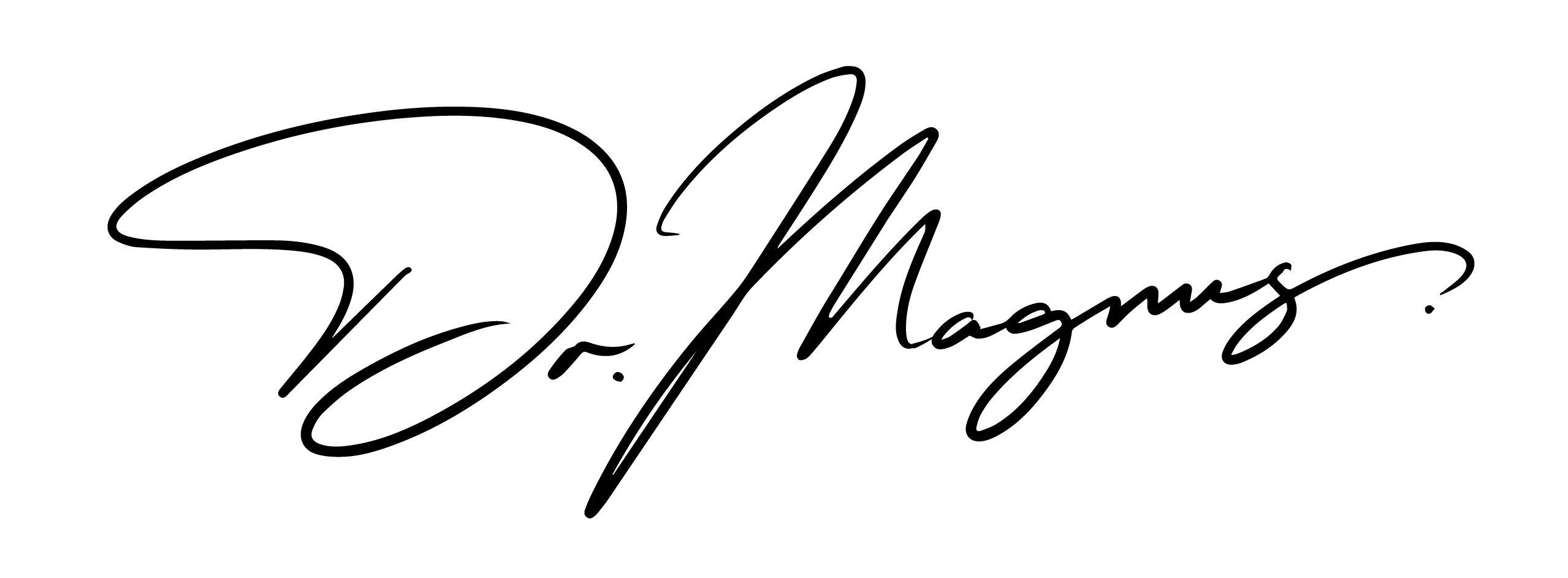Dermal Filler Aftercare
After receiving Dermal filler injections it's essential to follow aftercare instructions to ensure the best results, minimize the risk of side effects and detect delayed side effects - such as vascular occlusion - early.

|
2 min read
Immediate Aftercare (First 24 Hours)
- Avoid Touching the Treated Area: Keep the injection site clean and avoid applying pressure or massaging the area unless instructed by your provider.
- Ice Packs: To reduce swelling and bruising, gently apply a clean, cold compress or an ice pack wrapped in a cloth to the treated area for 10 minutes every hour.
- Stay Upright: Try to stay upright for at least 4 hours after your injections. Avoid bending over or lying down to prevent the filler from migrating.
- You may eat and drink as normal, however avoid hot drinks if you have numbness of the lips following the injections.
Activities to Avoid
- Strenuous Exercise: Avoid heavy workouts and strenuous activities for at least 24-48 hours to prevent increasing blood flow to the face, which can exacerbate swelling and bruising.
- Heat Exposure: Stay out of direct sunlight, saunas, steam rooms, and avoid hot showers for the first 24-48 hours to prevent additional swelling and filler migration.
- Avoid alcohol and the use of non-steroidal anti-inflammatory painkillers such as aspirin, ibuprofen or naproxen for 24 hours following treatment as they increase the risk of bruising or bleeding.
- Makeup: Wait at least 12 hours before applying makeup to the treated area to avoid infection.
- Avoid facials, micro-dermabrasion, chemical peels, laser or sun beds for at least 14 days after treatment.
- Avoid flying for at least 48 hours after treatment as changes in air pressure in aeroplanes may increase swelling.
Signs to look out for
Vascular occlusion
Vascular occlusion after dermal filler injections is a rare but serious complication where the filler material accidentally enters a blood vessel, blocking blood flow to the surrounding tissues. Recognizing the signs of a vascular occlusion early is crucial for preventing more severe damage, including tissue necrosis (death of tissue) or other serious complications.
Immediate Signs of Vascular Occlusion:-
- Severe Pain: Intense, disproportionate pain at or near the injection site immediately after the procedure or developing shortly after.
- Skin Discoloration: The affected area may appear white (blanching) due to lack of blood flow, or later turn purple or grey as the tissue starts to suffer from lack of oxygen.
- Mottled Skin Pattern: A lace-like network of small blood vessels (livedo reticularis) may become visible, indicating impaired blood flow.
Other Early Signs:-
- Coldness: The affected area may feel unusually cold to the touch compared to surrounding tissues, due to the reduced blood flow.
- Swelling: While some swelling is expected after filler injections, sudden and disproportionate swelling in a localized area can be a sign of vascular occlusion.
- Blistering: The appearance of blisters or small fluid-filled bumps near the injection site can indicate the beginning of tissue damage.
Later Signs (if not promptly treated):-
- Skin Necrosis: The development of dark, black areas on the skin, indicating that the skin tissue is dying.
- Vision Changes or Loss: If the occlusion affects the areas around the eyes, it can lead to sudden vision changes or even loss of vision, which may be permanent.
- Painful Redness or Heat: While this can also be a sign of infection, in the context of recent filler injections, it could also suggest an ongoing response to a vascular blockage.
If you suspect a vascular occlusion after receiving dermal filler injections, it is a medical emergency. Contact Dr Lynch by phone (during working hours) or email (at all times) - contact@drmagnuslynch.com. Dr Lynch will usually need to assess the area and may need to dissolve the filler (if it is hyaluronic acid-based) with an enzyme called hyaluronidase and possibly administer other medications to manage the condition and prevent further damage.
Infection
Infection is another potential complication of dermal filler injection. Symptoms include fever, severe swelling, redness, or discharge at the injection site. You should contact Dr Lynch if you suspect infection.
Managing Side Effects
- Swelling and Bruising: It's normal to experience some swelling, redness, and bruising. These should subside within a few days to a week.
- Pain: Mild discomfort is normal. You can take acetaminophen (Tylenol) as directed for pain, but avoid NSAIDs like ibuprofen or aspirin, which can increase bruising.
- Asymmetry, Lumps, or Irregularities: Some minor irregularities are normal immediately following the procedure but contact Dr Lynch if these do not improve or worsen.
Long-Term Care
Sun Protection: Protect your skin from the sun using a broad-spectrum SPF 30 or higher sunscreen. This helps maintain skin health and the longevity of the filler.
 | 2 min read
| 2 min read
